Of stories and designs
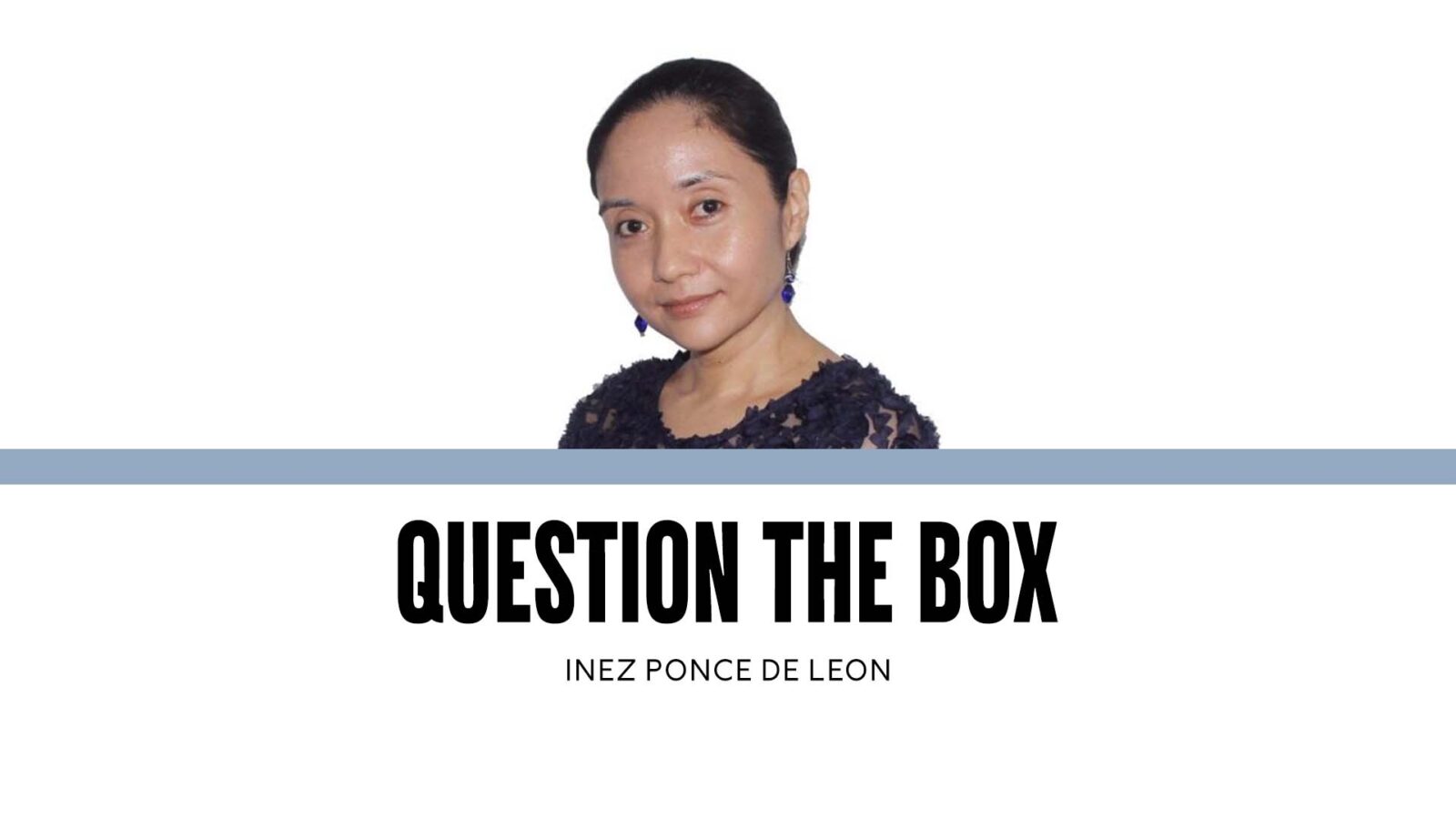
Last week, I was one of the speakers at Luntiang Tinta, a community-based workshop organized by the Knowledge Sharing Division of the University of the Philippines Resilience Institute and the Valenzuela Arts and Literary Society.
The workshop hoped to train writers to document the experiences of communities living through hazards exacerbated by climate change by using poetry, fiction, or scriptwriting.
I was the first speaker, and I talked about how data is never enough to communicate science. I brought in stories of how local government efforts at “communicating” risk often fell flat because people needed to be spoken with rather than lectured to.
I also taught human-centered design, which is at the heart of science and risk communication research and practice. Human-centered design demands that we talk to a specific target public first, ask about its affordances and constraints, investigate its goals and context, and then articulate the problem from that public’s point of view.
Then, we use the paradigms of communication to guide us in crafting an intervention: if the problem is a lack of information or awareness, then we create educational materials suited to the audience’s context. But if the problem is a lack of power, or a lack of common understanding, then the interventions can take the form of workshops, guided conversations, community brainstorming—the possibilities are far wider than print, video, or lectures.
Then, we test and modify the intervention based on feedback from the target group. This iterative process ensures that humans, and not the message, are at the center of the design process from start to finish. The intervention must address the problem as articulated by the target public, not the problem that we assume exists.
To create any design, we must begin with the story that people tell about themselves. Documenting and retelling stories require skills built over decades of work and study. These include the ability to listen, ask probing questions, and converse on a variety of topics because of one’s broad education.
After my presentation, I spoke with Chris Sanchez, one of the members of the organizing committee, who had once worked with a science center in Singapore. My talk, he said, reminded him of his previous job, where he and his team worked with and listened to children as part of their science communication work. There was always a sense of putting people at the center, rather than focusing on facts.
From where we came from (he for his job, me for my Ph.D.), science and art were held in equal standing. Scientists acknowledged that they were not experts at everything, and science skills did not always transfer outside the laboratory. As a result, scientists had to stand on equal ground with other professionals and collaborate with them on complex problems. Storytelling was a prized skill. Writers and photographers were appreciated as professionals on their own merit rather than on their ability to serve other fields.
Indeed, in both practice and the academe, we focus so hard on information, when research shows that we remember what we learned from images, drama, dance, or song. Chris worked with different groups to produce plays for people to understand social issues. I have colleagues who work with communities to allow them to express their experiences with climate change using dance or drama.
What a difficult way to approach a technical issue, one might think. And yet, art, writing, and performance are not skills given to a select few. They are human habits of seeing the world, as old as the time when we, as humanity, gathered around the fire for stories beneath the stars.
Stories are our way of understanding our lived reality, of remembering and celebrating the complexity of our lives.
We need to protest, instead, the impending tragedy of hyperspecialization, where education is so focused on information and skills courses, but where people are not constantly trained to write, think, reason, and criticize.
Such a curriculum would teach technical expertise without the vocabulary to express values, cultures, and emotions. Such a shortcut to learning assumes that we need only a few years to learn how to express ourselves or critique society, when such skills need to be honed over years, to respond to changing times and persons, and to sharpen one’s mind as one ages in a rapidly evolving world.
What is this future that our lawmakers imagine must be addressed using a purely technical education? Is it one where they confine all expertise and wisdom to the private and elite, but treat the public as a mass of homogeneous ignorance?
We shouldn’t be surprised if such a pathetic curriculum keeps the corrupt in power. Such a curriculum keeps us from listening to each other, from learning from each other, and seeing the rich web of knowledge that exists outside of multiple-choice examinations and regimented learning—from listening to each other’s stories and being actual humans before being mere professionals.
—————-
iponcedeleon@ateneo.edu





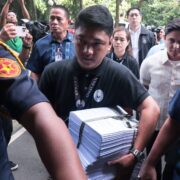
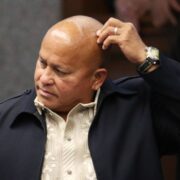
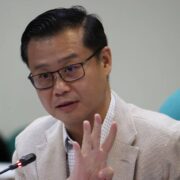
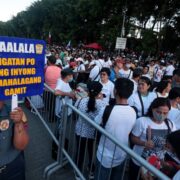

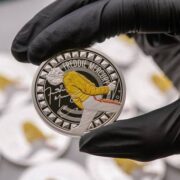


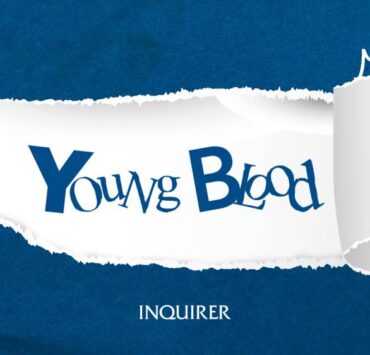

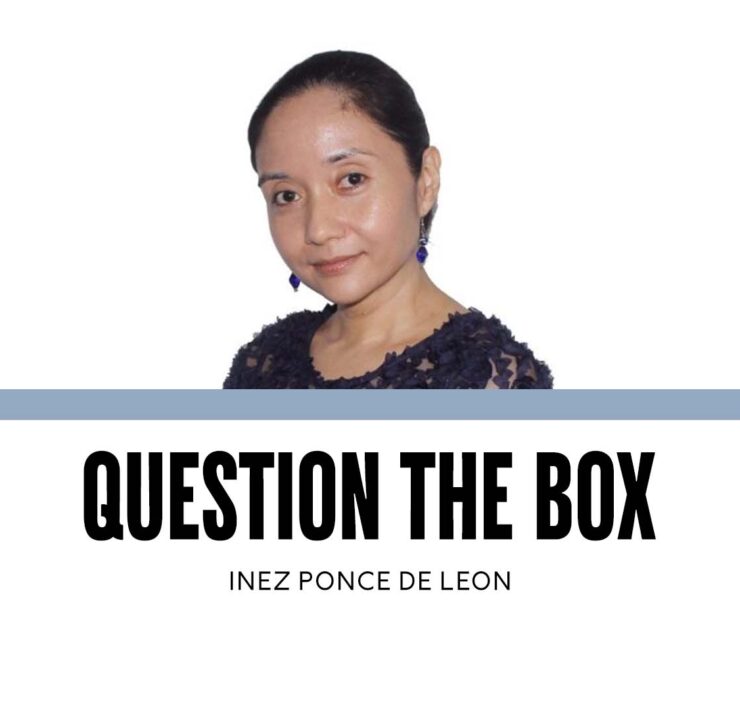


We say no to violence against women